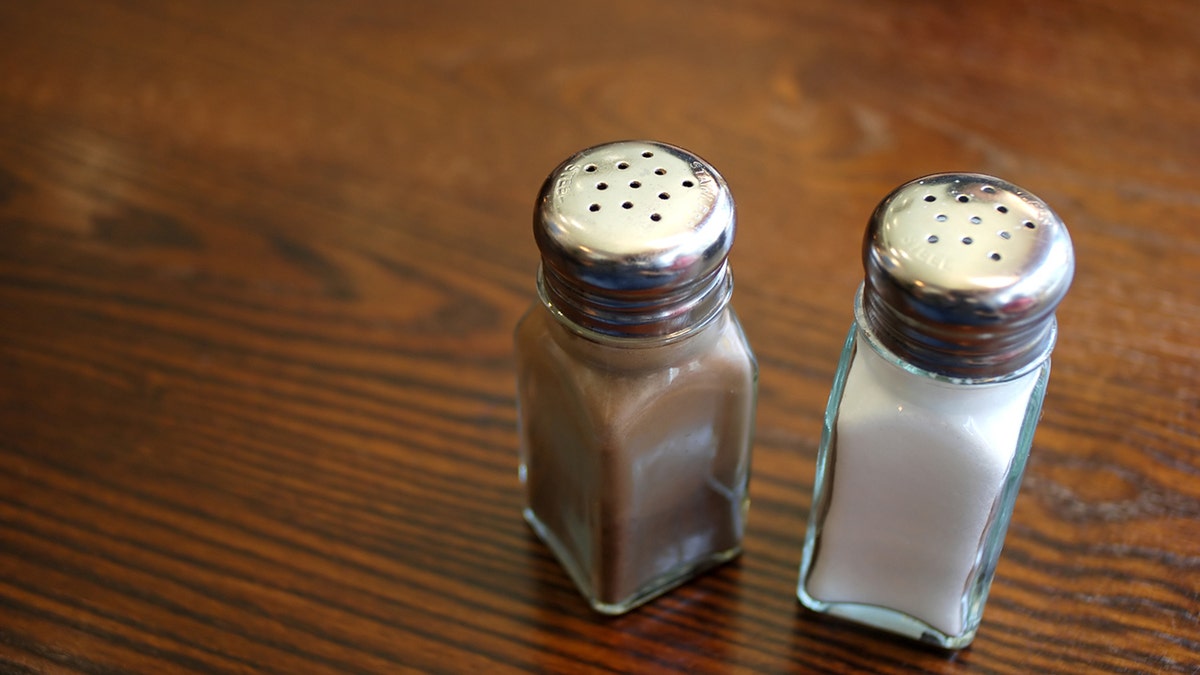
Pepper shakers are "rarely properly emptied and sanitized," said Jonas Sickler, director of operations at ConsumerSafety.org. (iStock)
Chances are, you’ve already heard that the menu is the dirtiest item in a restaurant — harboring about 185,000 bacteria, which is just one of the many everyday items that are dirtier than a toilet seat. Surprisingly, the second dirtiest item in a restaurant isn’t in the bathroom. In fact, it’s right on your table.
Before you reach for the pepper shaker, think about how many people have touched it before you. Does it look clean? Is it sticky? Unfortunately, it’s not unusual for restaurants to overlook the cleanliness — or lack thereof — of each individual shaker. (This goes for salt, sugar, cheese, and other shakers, too — pepper just happens to beat them in the germ-harboring surface contest.) According to a 2010 study conducted by ABC News, on average, a pepper shaker’s bacteria count is 11,600.
“Most salt and pepper shakers are only wiped down if they appear dirty, and even then, only with a damp cloth that bussers keep in their pockets,” Jonas Sickler, director of operations at ConsumerSafety.org, told Reader’s Digest. “While some restaurants collect, refill, and wipe down shakers, they are rarely properly emptied and sanitized.”
More From Reader's Digest
“Another gross fact to consider is that parents, eager to occupy their little ones, will often let toddlers play with the salt and pepper during their meal. This means they will be covered in drool, and whatever else that is on the toddler’s fingers, which will help germs adhere to the glass surfaces even better,” Sickler continues. “Even people who don’t intend to season their food will move them around on the table — definitely something to consider as we enter flu season.”
Besides bacteria, restaurants’ shakers are also allergy hazards. “Shakers can accidentally be dipped — or even dropped — into your meal while seasoning. If the previous diner at your table contaminated the salt dispenser with their shrimp scampi, and you have a serious shellfish allergy, you could be putting yourself at risk by using it,” says Sickler.
“Instead, ask the chef to spice the dish up in the kitchen if you like it hot. As for the salt… use the opportunity to cut back on your sodium,” Sickler suggests. “Your body will thank you when you’re older.”
This article originally appeared in Reader's Digest.